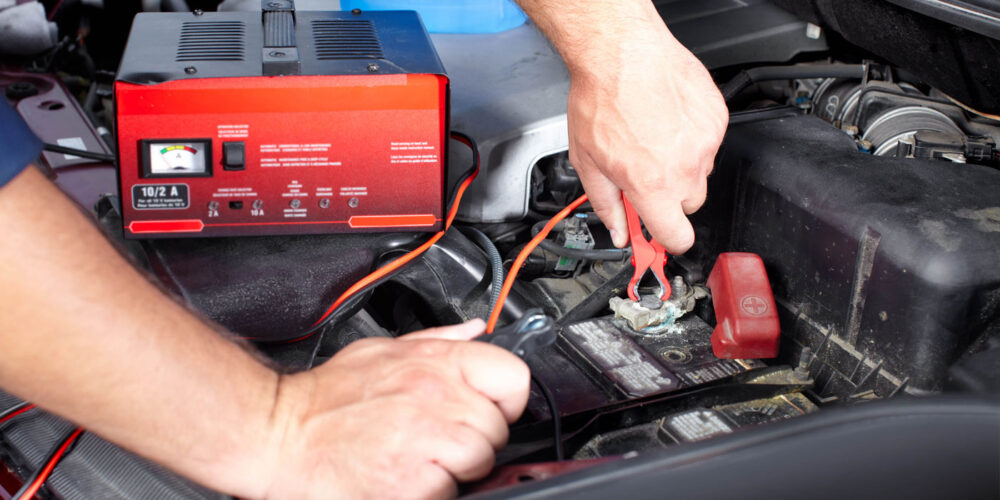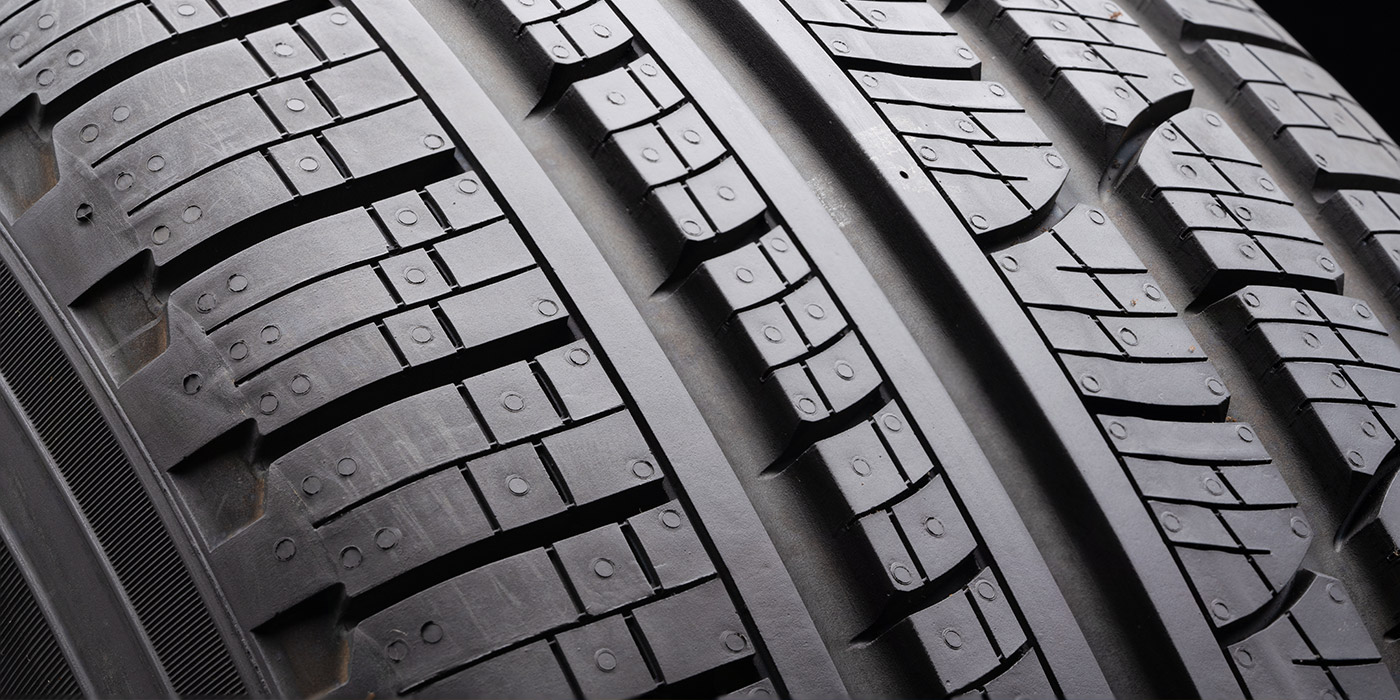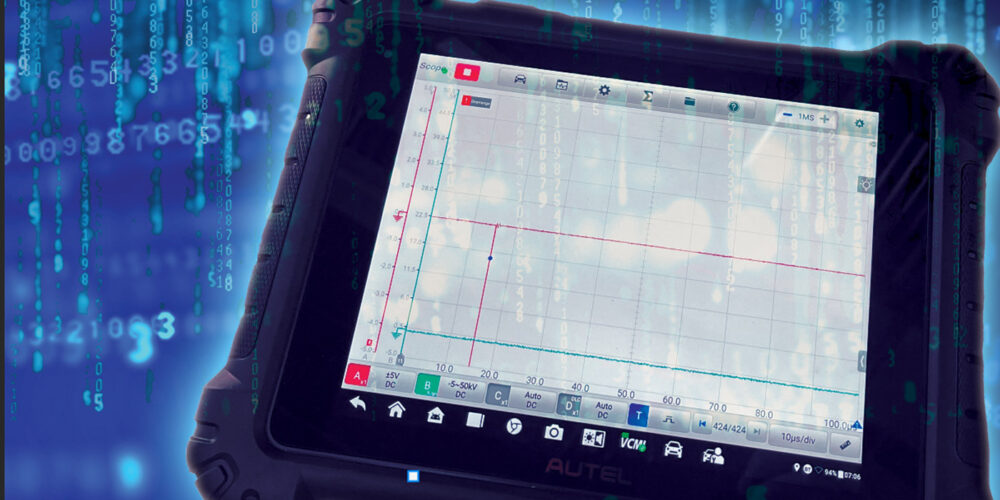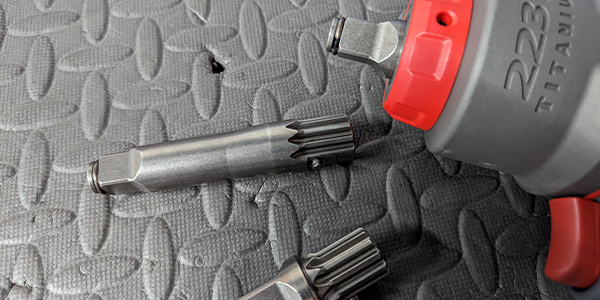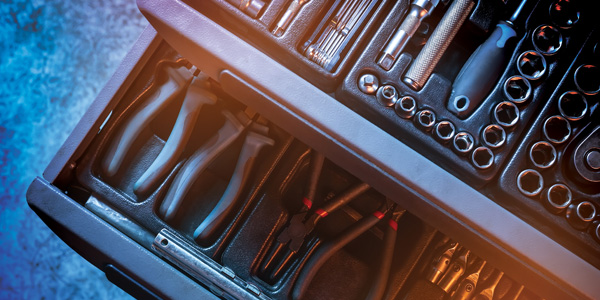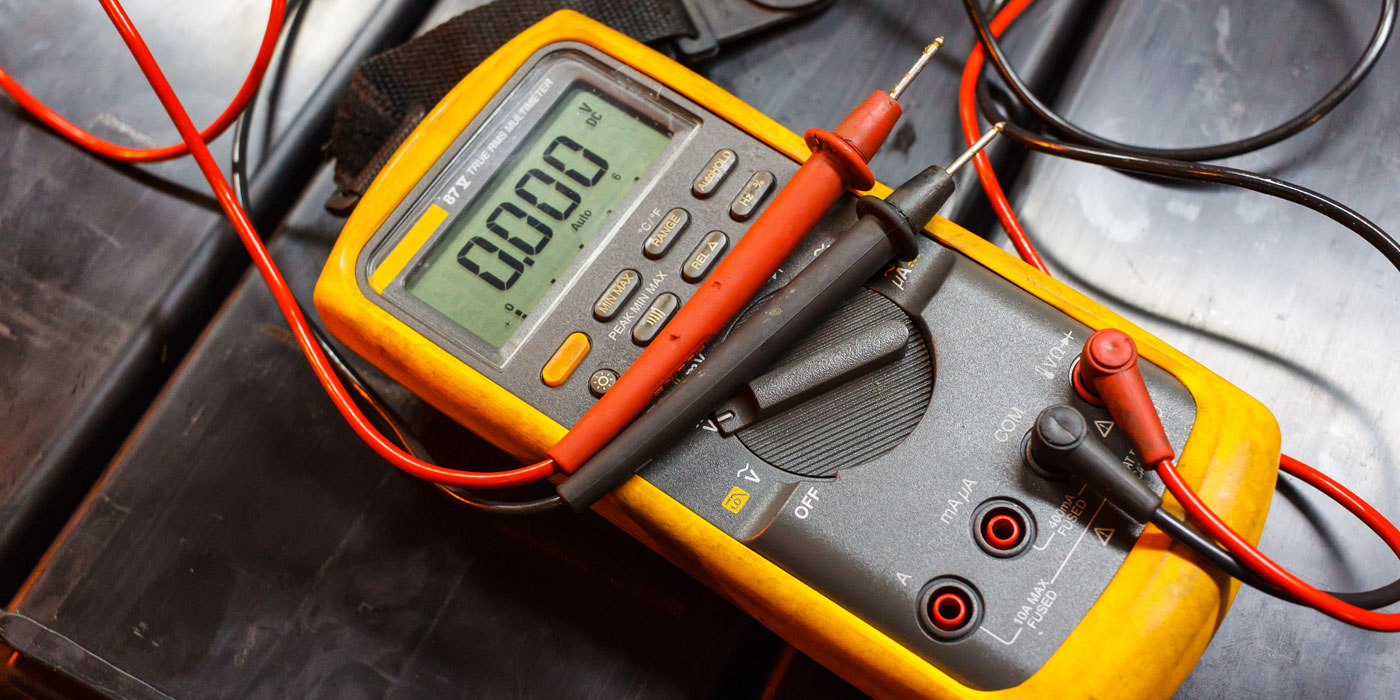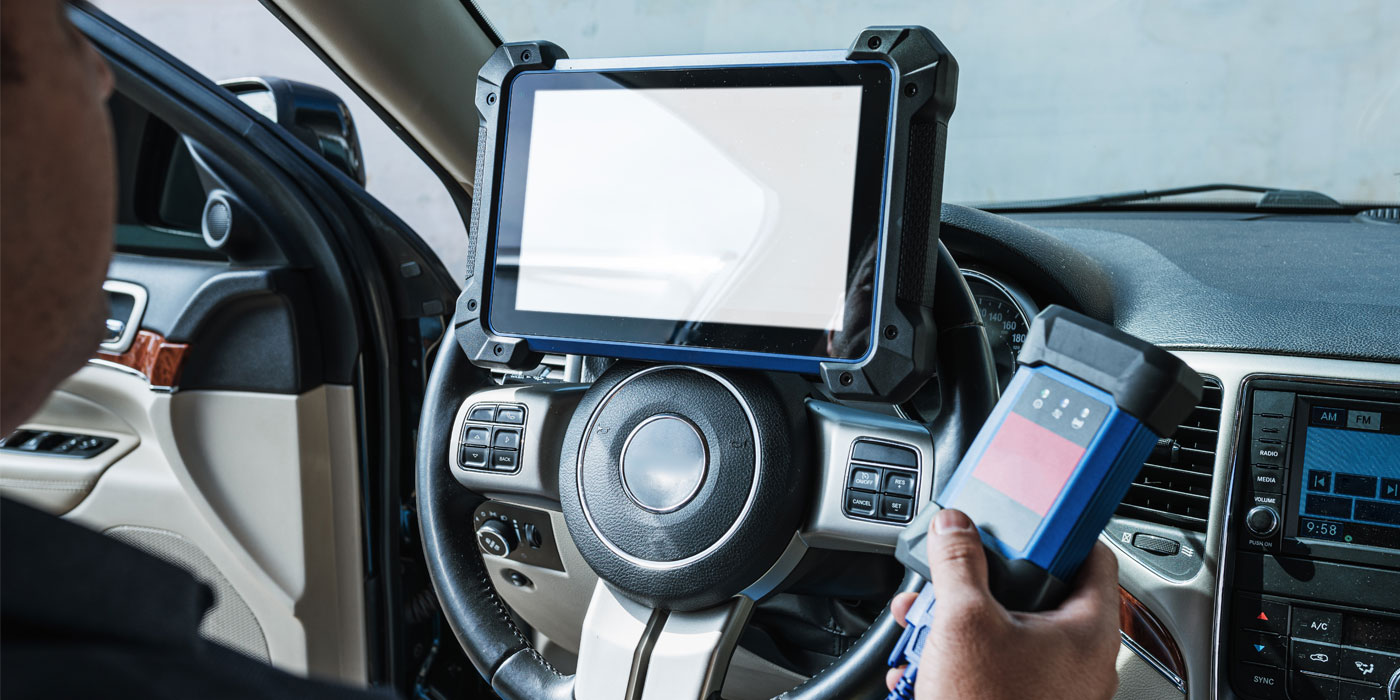Looking for a battery charger? If so, you’ve probably found there are many more options than there used to be. Selecting the correct one comes down to understanding why they’ve changed and thinking specifically about how and where you’re going to use it. From wheeled to portable, manual to automatic, multiple battery stations to weather-safe chargers, there are many things to consider.
Most importantly, chargers have evolved to meet the needs of changing automotive battery technology and service, so let’s take an inside look at the task at hand, charging the battery.
The Stages of Charging
With a typical flooded lead-acid battery, we had it easy. Chargers had low, medium, high and boost. As technicians, we used a hydrometer or load tester to determine battery condition. We might have added water. We connected in the charger, set the charge level and time, and walked away. On a flooded lead-acid battery, that was fine, but it can be damaging to other types of batteries.
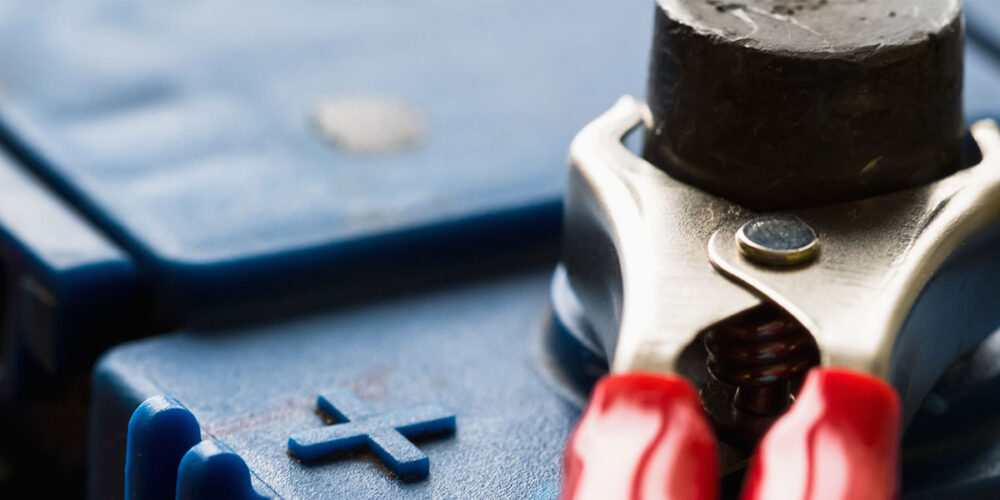
Battery charging occurs in stages which are controlled by the charger. The bulk stage, which comprises the majority of the charge cycle, is where the charger holds a constant current, and the voltage increases as the battery charges.
During the absorption stage, which is approximately the final 20% of the charge, the charger holds the voltage and decreases the current until the battery is fully charged. The float stage then reduces voltage and provides only low current, essentially becoming a battery maintainer at this stage.
Equalization is an additional mode, specifically beneficial for flooded lead-acid batteries. This is a calculated over-charge, where the voltage is increased above typical peak charging voltage and held for a limited amount of time. This removes any sulfation on the battery plates, effectively equalizing the strength of the electrolyte in each cell.
What’s the harm?
Old, flooded lead-acid batteries were forgiving, and when that’s all there was, chargers needed to operate in only one way. But now we’re seeing sealed lead-acid (SLA), absorbed glass mat (AGM), gel, enhanced flooded (EFB), deep cycle and lithium-ion batteries…and all of them on a regular basis.
What’s most important to understand is that the technology of each one of these batteries brings with it specific electrical differences that result in a different charging profile. The recommended voltage and current required during each stage of charging requires precise control to prevent battery damage, and battery chargers must be able to deliver these different profiles as a result.
If the required charging profile is not used, the battery may be overcharged or undercharged. Overcharging an SLA battery can cause excessive gassing, and the excessive pressure is released through a pressure relief valve. The lost hydrogen and oxygen gasses ultimately aren’t recombined, and the electrolyte level is diminished. AGM batteries are very sensitive and easily damaged by overcharging, and overcharging a gel battery can cause bubbles to form in the electrolyte gel.
Lithium batteries have only two stages of charging, constant current and constant voltage, and they too can be damaged if the correct charging profile is not used. Much like we’ve learned about the use and charging of the batteries for our cordless tools, vehicle batteries must be treated with the same respect.
Making it Easy
How do today’s chargers manage all of these options? With microprocessor control. It’s a necessity, but it doesn’t mean complicated. They’re just as easy to use, and, in many cases, easier. We don’t have to think about how we want to charge a battery. We just select the battery type to ensure the proper charging profile, and let the charger do the rest.
If you prefer traditional selector knobs/dials and an analog gauge, you can still get this design, but with the same microprocessor control that makes them safe for AGM and gel batteries. Be sure to do your research to verify their functions before you buy.
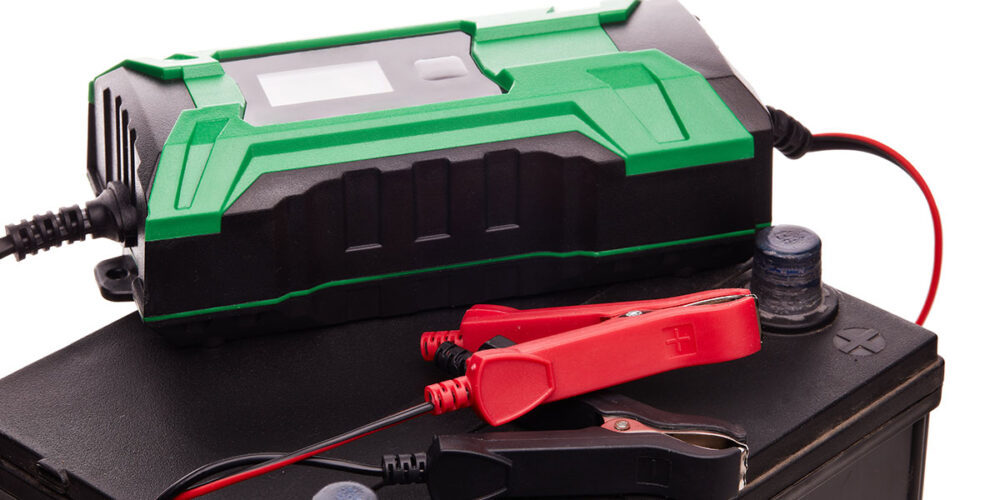
More Features
Polarity detection is one of my favorite features and will warn you if polarity is reversed when connecting the charger. We all know mistakes happen. Reversing polarity has never been good, but on today’s cars, you DO NOT want to reverse polarity. Bad things happen. I’d rather know than make the mistake.
Re-flashing or updating a vehicle control module is an increasingly common practice, for both performance “tunes” and routine service procedures. For some shops, it’s an everyday occurrence. It’s critical to maintain battery voltage during these procedures, and re-flash power mode is one of the more commonly requested features on new chargers.
Some chargers come with a memory saver port and a cable to plug into the OBD port. Some offer battery, starting and charging system diagnostic features. Partial charge modes provide a quick 75% charge for testing. Digital screens, multiple language options and automatic charging are even more features designed to add efficiency to our workflow.
As difficult as it can be to stay current with new technology, today’s battery chargers make it easy by offering the options to safely charge today’s batteries and service today’s vehicles in a variety of different platforms, so you can choose the one that works best for you. TS

